Amazing! I recently returned from a multi-day tour of the AgroNosotros coffee and cacao farms in…
Simply Natural Farms: Update on My Panama Investment
My Fair Lady Mangos
Shortly after booking my flight to Panama, I learned that there had been a fire on the Simply Natural Farms. Oh boy.
The first report I got was that my hectare of mangos had been severely impacted. Oh crap.
So, I was really dreading my farm inspection during the two-hour-plus drive from Panama City to Penonomé where the main farm offices are located. Once we got to the offices, I was told by Mario, the head of the company’s irrigation systems, that my land was mostly fine and that my pump and irrigation controller survived the fast-moving fire. Whew!

Nonetheless, I was practically holding my breath during the fifteen-minute drive from the office to see my mango trees. As it turns out, I only lost a handful of trees, plus the irrigation supply lines that lay on top of the ground were melted. For the most part, the trees look good and just need water. Fortunately, the rainy season has begun.
Like many fires I saw in the mountains of Montana where I grew up, the fire moved quickly and mostly burned grass, small bushes and the lowest limbs of the trees. Even trees like the one below might be able to be saved as long as it is green on the inside of the trunk.

For those trees that were in the path of the fire, there are basically three long-term scenarios:
- The tree completely burned: the tree is not salvageable and must be cut down and replaced
- The tree is sufficiently burned that the limbs will never be the same, but the interior is alive: the top of the tree will be cut off and a new scion will be grafted to the existing tree.
- The lower limbs are burned or the trunk scorched but the tree is generally in good condition: the tree will be trimmed and monitored, but will go on to produce in the coming years.

The grafting option is an interesting one. In anticipation of some future event, the company’s R&D group did a trial a few years ago by cutting off the tops and re-grafting dozens of trees already in the field. The result was 100% success.
I was aware of the experiment but never dreamed they would need to implement it. Even if the success rate isn’t that high when re-grafting the burned trees, it means that most will be saved because the root system will remain intact.
Although the pump and controller on my irrigation system were unharmed, they will still need to replace the one-inch feeder lines that lay on top of the ground, the individual drip lines that go to each tree and the sensors that are buried throughout the hectare of land.
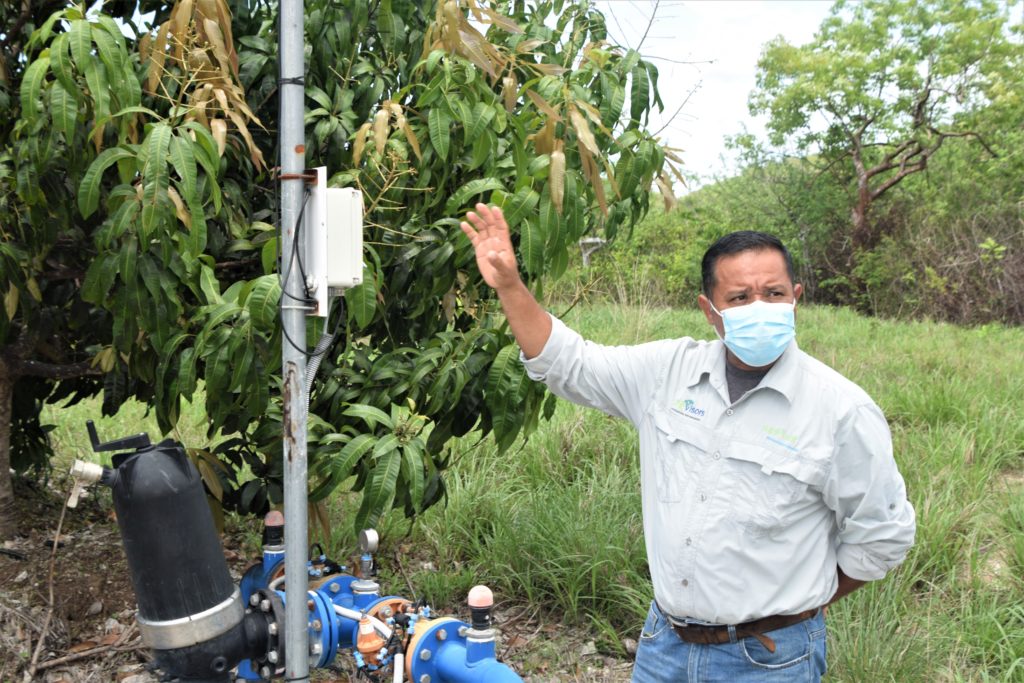
The three-inch main line coming into the pump is split in two with a line going to each side of my property. The one-inch lines come up in front of each row of trees and then the drip lines are attached near the trunk of each tree. The sensors will need to be individually dug up and tested.
The sensors are a critical part of the irrigation system because they measure how much water is being consumed by the trees. Weather stations located throughout the farms measure temperature, solar gain, wind, rain and humidity. The weather station and sensors work in tandem as the data is fed into the controllers to completely automate the irrigation system.
Data is collected every ten minutes and instructions are given to the irrigation system using artificial intelligence algorithms to make sure every plant receives exactly what it needs. Millions of data points are compared using not only the information gleaned from the systems installed on the farms in Panama, but also from systems growing the same crops across the world.
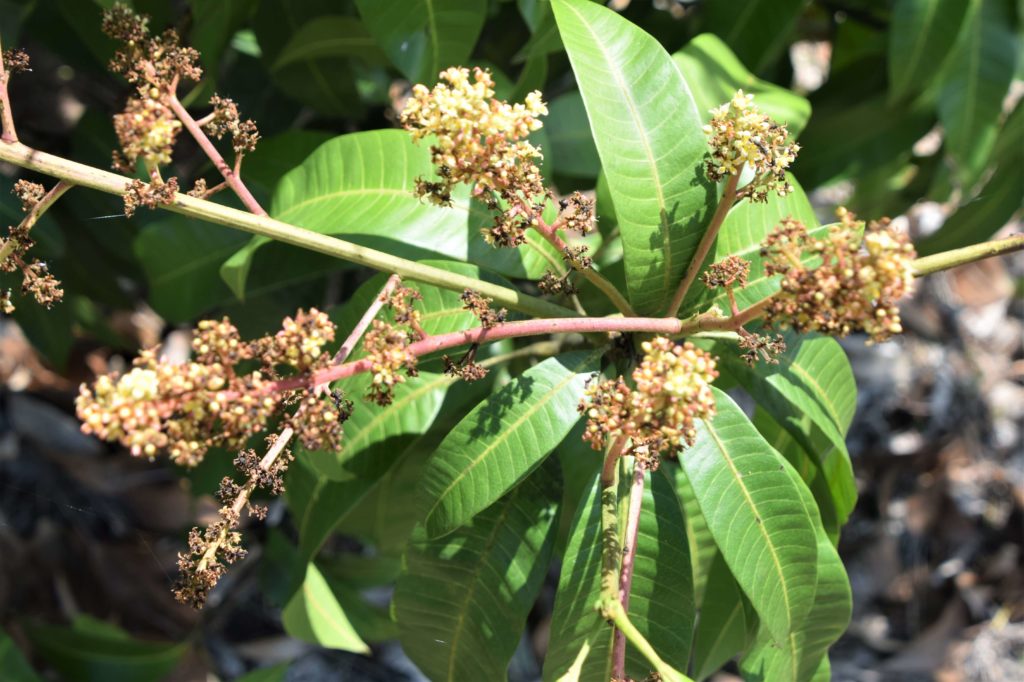
In addition to the fact that most of my trees are in great shape, most of them are also flowering. There are some fruit on my trees, but since the fire happened during the flowering season, they were delayed because the irrigation system was destroyed.
While I doubt I will get much of a crop this year, Mario said that most of the irrigation lines that were destroyed across the 30-or-so hectares impacted by the fire will be replaced by the end of the year so that next year’s crop (barring another fire or other catastrophe) should be solid.

There are a lot of mango saplings ready to go in the nursery. The problem is that these were intended for yet-to-be-planted hectares, not as replacements for burned trees. I’m not sure what the priority will be for planting.
They will be planting more seedlings, but that takes time. The rootstock is grown from local Panamanian tree seeds because they are well adapted to Panama’s weather and soil. Once the trees are about eighteen inches tall, the top is cut off and a scion of the desired mango variety is grafted to the rootstock. After another few months, they will be planted in the field, but that whole process takes anywhere from 18 to 24 months.
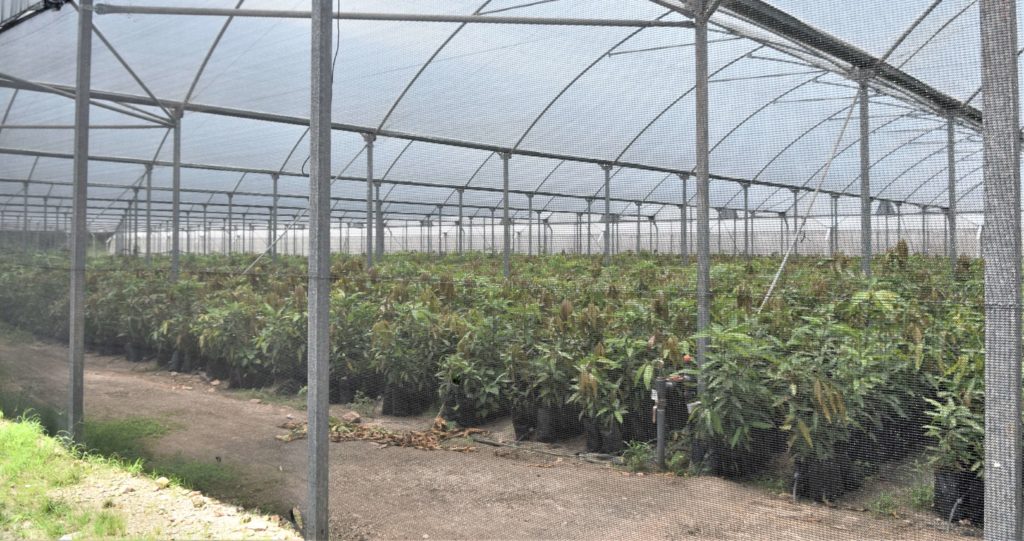
Rainforest Limes
I also visited the area where my lime trees are planted. Fortunately, the fires didn’t damage the Toza lime plantation and I should get a decent harvest payment this year.
I found the lime trees in good health with many limes on the trees and many more flowers that will yield more fruit in the coming months. The Rainforest Lime variety is an everbearing tree; it produces throughout the year.

While I was at the Toza lime plantation, crews were busy installing irrigation lines further up the hillside. They are taking advantage of the relative lack of rain to get into difficult terrain while they still can. Once the irrigation lines are installed, the area can be planted.
Like all the plantations, the Toza farms have their own irrigation system just like the one installed where my mangos are being grown. Simply Natural Farms sells a lot of limes to local bars and restaurants.
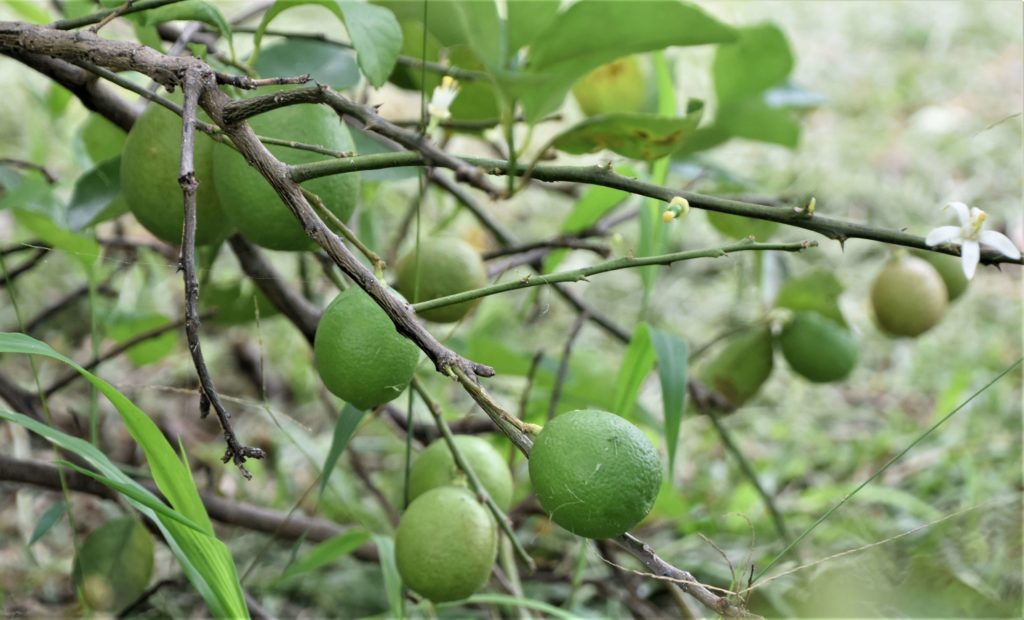
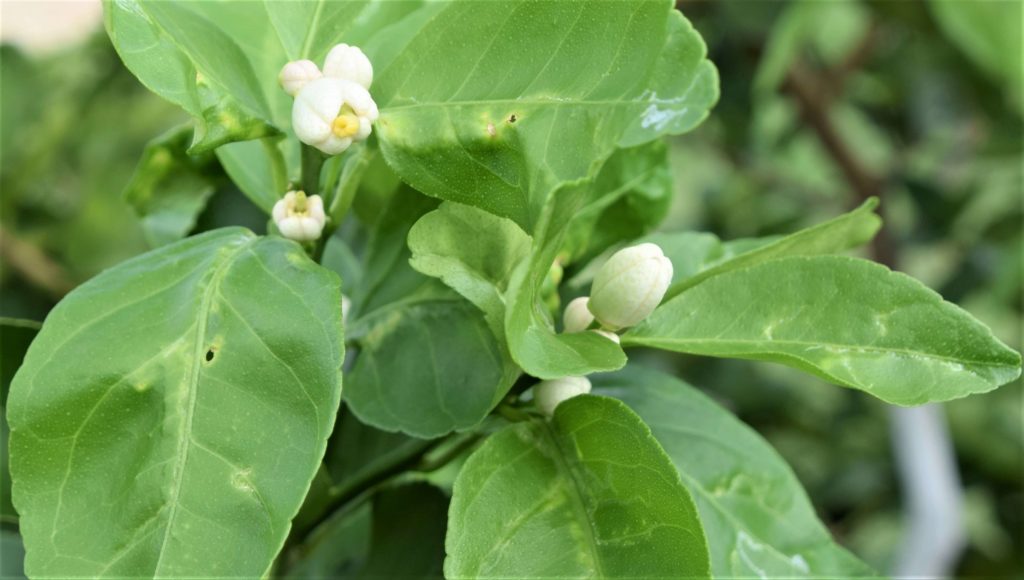
Vegetable Greenhouses
My final stop on the tour of the Simply Natural Farms plantations was the greenhouse complex. Spreading across nearly twenty hectares (almost fifty acres), the greenhouses grow primarily cucumbers and melons but can be switched out at any point to grow other crops like tomatoes or peppers.
The Simply Natural greenhouses use the same SupPlant irrigation system that is used in the fields. This system is the epitome of high technology being applied to agriculture.
The greenhouses also house an R&D facility and all of the mango, lime and avocado saplings are started and grafted before being transplanted into the field. This ensures that the samplings are healthy prior to being planted and give them the best possible chance of growing successfully.
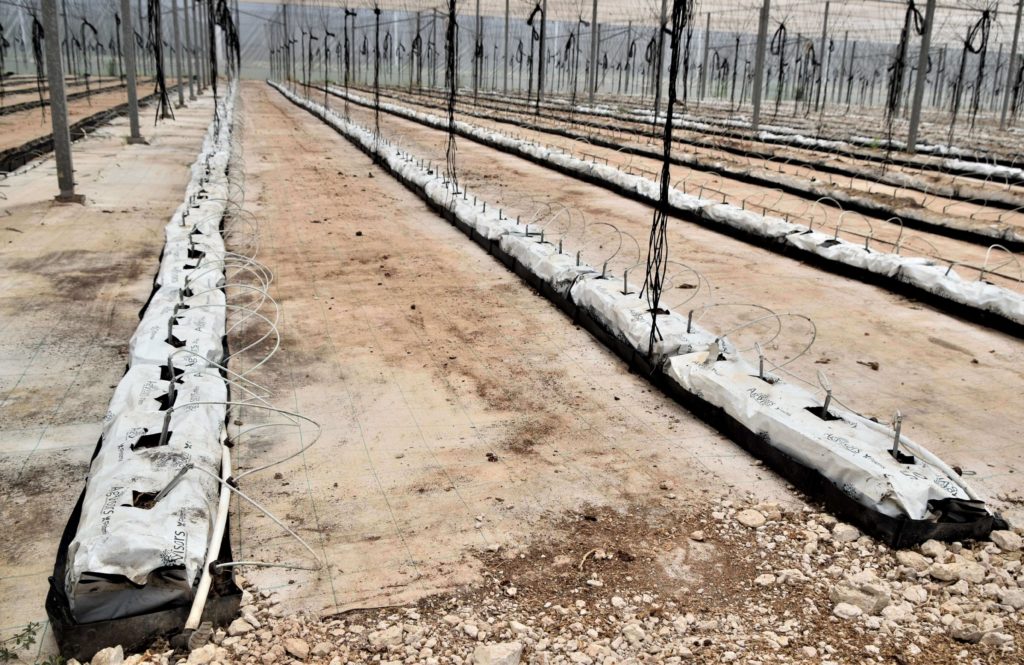

As an avid traveler, Brian has explored and enjoyed cultural encounters in over 40 countries while spending many years refining The Points Game — using credit card sign-up bonuses and other tricks to get nearly free travel. Getting the most out of every trip is an art and Brian launched My Travel Traxx to help others enjoy the art of travel.




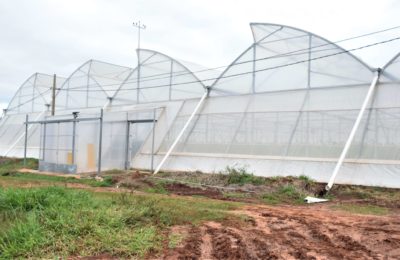
Comments (0)